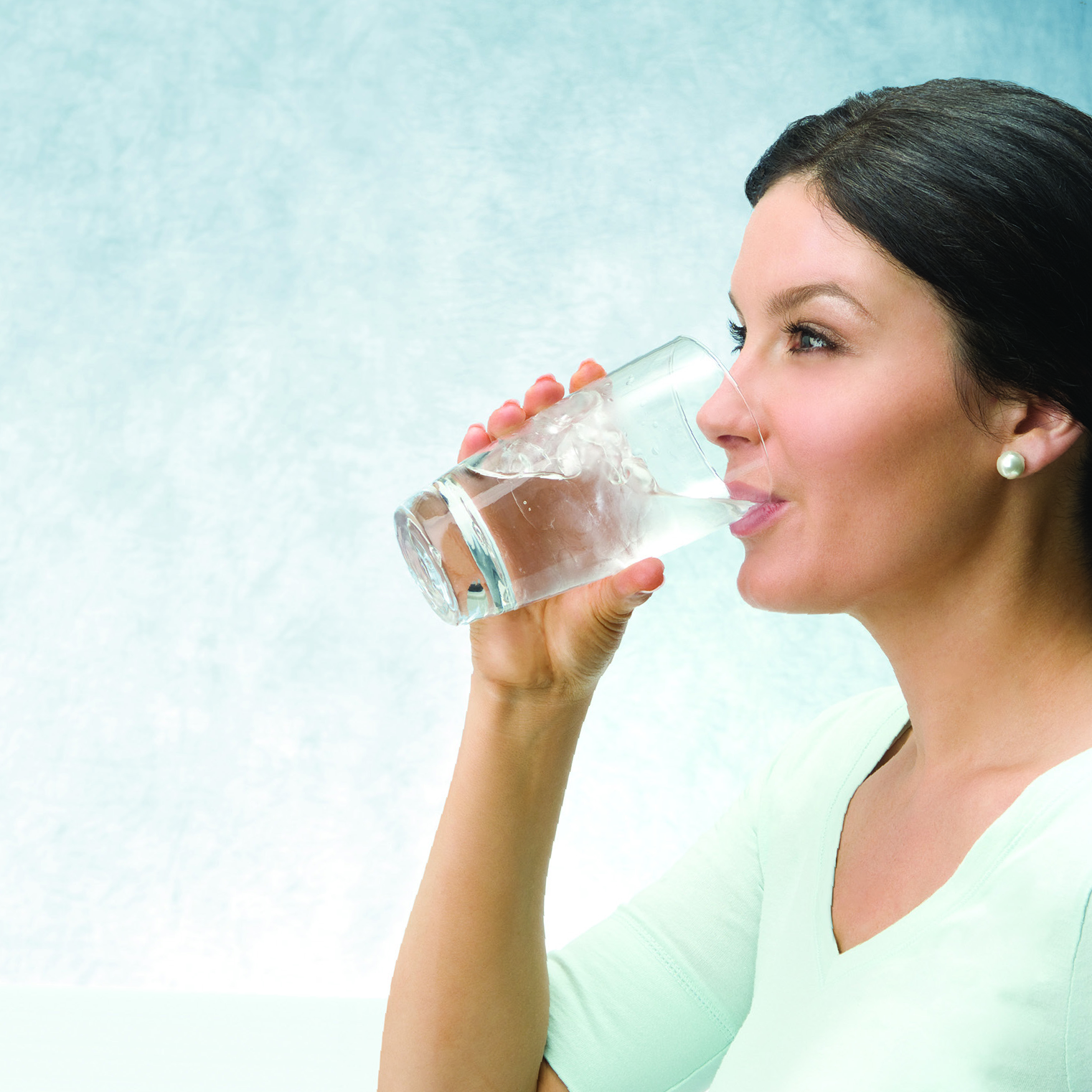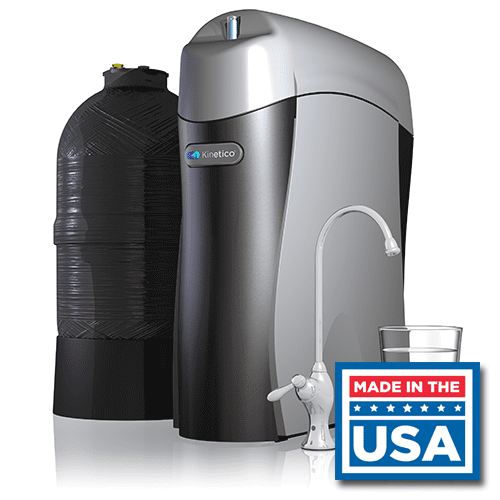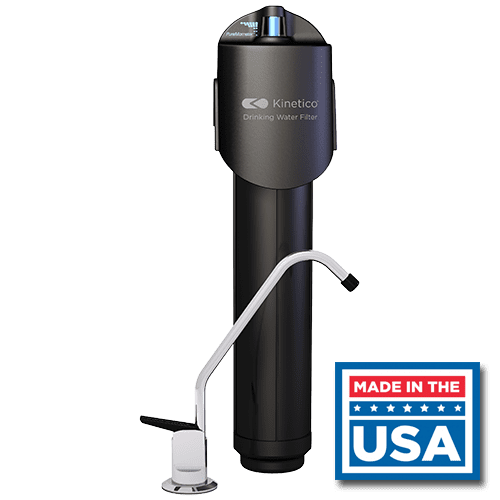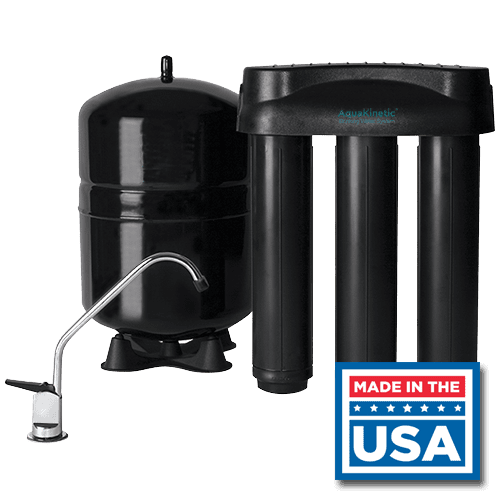701-232-5664
FMwatersystems@gmail.com
FM Water Systems
Best Drinking Water Systems

A water system is any infrastructure used to supply, distribute, and collect water. A drinking water system, also called a potable water system, is a system designed to provide safe drinking water for human consumption.
There are many different types of drinking water systems, but all systems have three basic components: water source, treatment, and distribution.
A water source is the starting point for all drinking water systems. Surface water, such as lakes and rivers, is the most common source of drinking water, but systems can also be designed to use groundwater. Once water is collected from the source, it must be treated to remove any contaminants that could make people sick.
After water is treated, it is distributed to homes and businesses through a network of pipes. Most drinking water systems use gravity to push water through the pipes, but some systems may use pumps to help move the water.
It is important to have a safe and reliable drinking water system to protect public health. Contaminated water can spread disease, and even cause death. That is why governments have set standards for the treatment and distribution of drinking water.
In the United States, the Environmental Protection Agency (EPA) is responsible for setting these standards. The EPA also works with state and local governments to make sure that drinking water systems meet these standards.
Introduction to Drinking Water Systems
A drinking water system, also called a potable water system, is a system that provides water for human consumption. The water is treated to remove impurities and make it safe to drink.
The first step in treating drinking water is to remove large particles, such as sand and gravel, by straining them out. The water then goes through a process of flocculation, in which chemicals are added to help remove small particles. The water is then passed through filters to remove even smaller particles. Finally, the water is disinfected to kill any harmful bacteria or viruses.
There are many different types of drinking water systems, from simple systems that use a few filters to complex systems that use many different treatment processes. The type of system that is right for a particular community depends on the quality of the source water and the needs of the community.
Components of the Best Drinking Water Systems
A drinking water system has four main components: a water source, a treatment plant, a distribution system, and customer service.
The water source is the starting point for the drinking water system. It can be a groundwater source, such as a well, or a surface water source, such as a river or reservoir. The water source must be able to provide a sufficient amount of water to meet the needs of the treatment plant and the distribution system.
The treatment plant is responsible for ensuring that the water from the water source is safe to drink. The treatment process can vary depending on the type of water source and the quality of the water. The most common treatment processes include
filtration and disinfection.
The distribution system is responsible for delivering safe drinking water to customers. The distribution system includes a network of pipes that transport water from the treatment plant to customers. The distribution system also includes storage tanks and pumping stations that help to maintain water pressure and ensure a consistent water supply.
Customer service is responsible for providing information and assistance to customers. Customer service can include billing, water quality information, and customer complaints.
How Drinking Water Systems Work
Most drinking water systems in the United States use one or more of the following methods to treat water and make it safe to drink:
1. aeration
2. activated carbon adsorption
3. chlorination
4. coagulation and flocculation
5. distillation
6. ion exchange
7. ozone treatment
8. reverse osmosis
9. sand filtration
Aeration is used to remove dissolved iron, manganese, and hydrogen sulfide from water. In this process, air is injected into the water, which causes the iron and manganese to oxidize and the hydrogen sulfide to evaporate.
Activated carbon adsorption is used to remove organic contaminants, such as pesticides and industrial chemicals, from water. In this process, water is passed through a bed of activated carbon, which adsorbs the contaminants.
Chlorination is used to kill bacteria and other microorganisms in water. In this process, chlorine is added to the water, which kills the microorganisms.
Coagulation and flocculation are used to remove suspended particles from water. In this process, chemicals are added to the water, which cause the particles to clump together and settle out of the water.
Distillation is used to remove dissolved minerals from water. In this process, water is heated to a boiling point, and the vapor is condensed and collected.
Ion exchange is used to remove dissolved minerals from water. In this process, water is passed through a bed of ion exchange resin, which exchanges the minerals for other ions.
Ozone treatment is used to kill bacteria and other microorganisms in water. In this process, ozone is added to the water, which kills the microorganisms.
Reverse osmosis is used to remove dissolved minerals from water. In this process, water is passed through a semipermeable membrane, which allows the water to pass through but not the minerals.
Sand filtration is used to remove suspended particles from water. In this process, water is passed through a bed of sand, which filters out the particles.
Benefits of Drinking Water Systems
Water is an essential nutrient for the human body and drinking plenty of water has many health benefits. Drinking water systems can make it easy and convenient to get the water your body needs.
One of the benefits of drinking water systems is that they can help you stay hydrated. When you’re properly hydrated, your body functions more efficiently and you may even have more energy. Drinking water can also help you lose weight or maintain a healthy weight, since it can help you feel full and reduce your calorie intake.
In addition to the physical benefits of drinking water, it can also improve your mental health. Drinking water has been shown to improve mood and reduce stress. It can also help you concentrate and improve your cognitive function.
If you’re looking for a way to improve your health, drinking water from a drinking water system is a good place to start.
Schedule Appointment
Contact Us
We will get back to you as soon as possible.
Please try again later.
Reverse Osmosis
Recognized by the Centers for Disease Control and the Environmental Protection Agency as an effective means for treating drinking water, reverse osmosis systems process water by using pressure to force the water through a very fine, semi-permeable membrane. Usually, RO systems are comprised of a prefilter, a membrane and a postfilter, although some also offer various advanced filtration options. In the RO system, the prefilter removes larger particles from the water before it travels to the membrane. Then, the water is forced through the membrane, leaving behind the impurities that were in the water. Since the process takes time, a small tank stores the purified water until it’s needed. But before the water is dispensed from the dedicated faucet, it runs through a postfilter to remove any remaining tastes or smells. Water produced via reverse osmosis very nearly reaches the purity of distilled water but in a much shorter time and without using any electricity.
Carbon Filters
Carbon filters remove chlorine and unwanted tastes and smells from drinking water, but that’s primarily all they do. Simply put, the water passes through a bed of carbon that adsorbs any chlorine, unpleasant tastes and odors. There are various types of carbon filters available: pitchers, under-the-sink or countertop models, faucet mounts and those found in refrigerator water dispensers. The type that is right for you will depend on your need for water, what you want to remove from your water, the feasibility of installing the filter, the amount of filtered water you need, your desire for convenience and your budget.
About Us
FM Water Systems is is proud to be your local factory authorized dealer in North Dakota for Kinetico residential and commercial water treatment systems; the cleanest, greenest, and most efficient water systems for private wells and city water.
Stay Connected
Contact Us
We will get back to you as soon as possible
Please try again later






